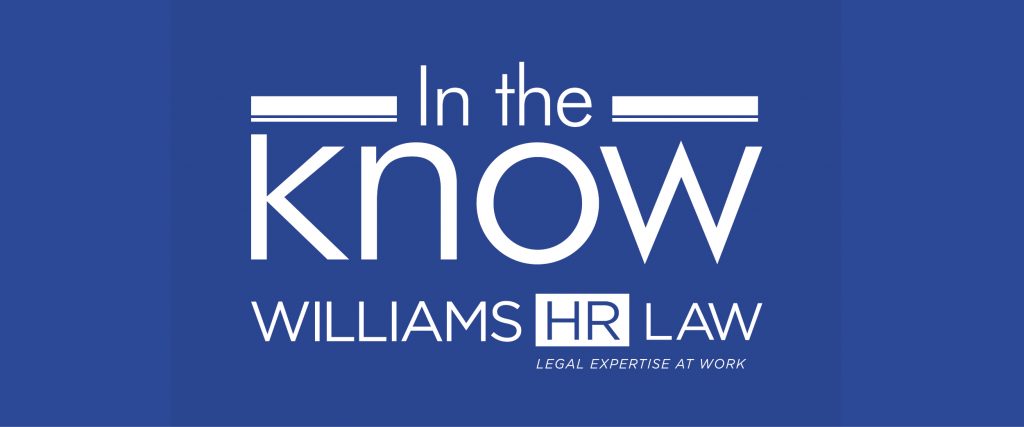
In a recent decision, the Superior Court of Justice weighed in on the scope of release and settlement documentation as it pertains to workplace sexual harassment and other types of misconduct that may affect employees. It is standard for most employers to have employees sign a full and final release when settling disputes that arise within the context of employment. However, as this decision indicates, a signed release is not always a complete guarantee that the employer will not face further liability.
In Watson v. The Governing Council of the Salvation Army of Canada, 2018 ONSC 1066 (“Watson”), an employee, Ms. Watson, was employed as a manager of the Salvation Army thrift store in Cambridge for a period of four months. Ms. Watson executed a memorandum of settlement and a full and final release in favour of Salvation Army upon the cessation of her employment in August of 2011 (the “Release”). The Release provided the following:
- that Salvation Army and Ms. Watson having regard to their respective rights, duties and obligations, have determined that they wish to resolve any and all claims, complaints, actions, disputes etc. between them arising out of the employment relationship or the termination of that employment; and
- that Ms. Watson agreed to release any and all claims she had against Salvation Army, or anyone in any way associated with Salvation Army which “arose out of or which in any way related to or connected with [her] employment or the ending of [her] employment.”
In August of 2016, Ms. Watson brought an action against Salvation Army and her former manager, Mr. Court, seeking damages for the alleged sexual harassment that she had been subjected to by Mr. Court during her employment. Mr. Court and Salvation Army denied the allegations and separately brought motions for summary judgment of Ms. Watson’s claim. Subsequent to bringing the motion, Salvation Army and Ms. Watson settled the action as it pertained to them, leaving Mr. Court as the lone defendant.
Accordingly, Mr. Court proceeded with the motion for summary judgment against Ms. Watson, arguing that the claim was barred by the Release she had signed with Salvation Army in August of 2011. The Court therefore had to consider the scope of the Release.
Scope of the Release
The Court held that the terms of the Release were unambiguous: the Release was defined by the words “arise out of” and “connected to” my employment”. The Court found that the Release could not be considered all inclusive, and only barred claims arising from and connected to the employment relationship.
Turning to the conduct itself, the Court held that while many of the alleged events occurred at the place of employment, and perhaps because of the employment, sexual harassment, intimidation and other improper conduct are not connected to employment. These types of conduct are clearly separate matters. Accordingly, the Court held that the alleged sexual harassment fell outside of the employment relationship, and language specific to such a claim would need to be added to the Release to bar Ms. Watson’s claim.
Implications
Watson indicates that when considering the scope of a signed release, sexual harassment, intimidation, and other similar improper conduct are not considered to be matters “arising out of employment”. As such, employers cannot rely upon a contractual term releasing them from all matters “arising out of” or “connected to” their employment to avoid liability for such conduct.
The conclusion that the Court made is somewhat surprising, as there seems to be an arguable case that the sexual harassment of a subordinate employee does, in fact, arise out of, and is connected to the employment setting. Accordingly, in a future decision where this issue arises, another court is not legally obligated to follow the decision in Watson and therefore the law in this area may change going forward.
While the courts’ interpretation of release documentation may be subject to change, it is best practice for employers to avoid situations like that in Watson. Employers should avoid using broad “catch-all” language in release and settlement documentation. As the Court in Watson implied, specific language contained in a full and final release where properly employed can be used to bar any future claims, including claims related to sexual harassment allegations. Therefore, employers would be well-advised to include specific language in their release documents that explicitly contemplates the specific potential claims that could be made in the circumstances.
This blog is provided as information and a summary of workplace legal issues.
This information is not intended as legal advice.
